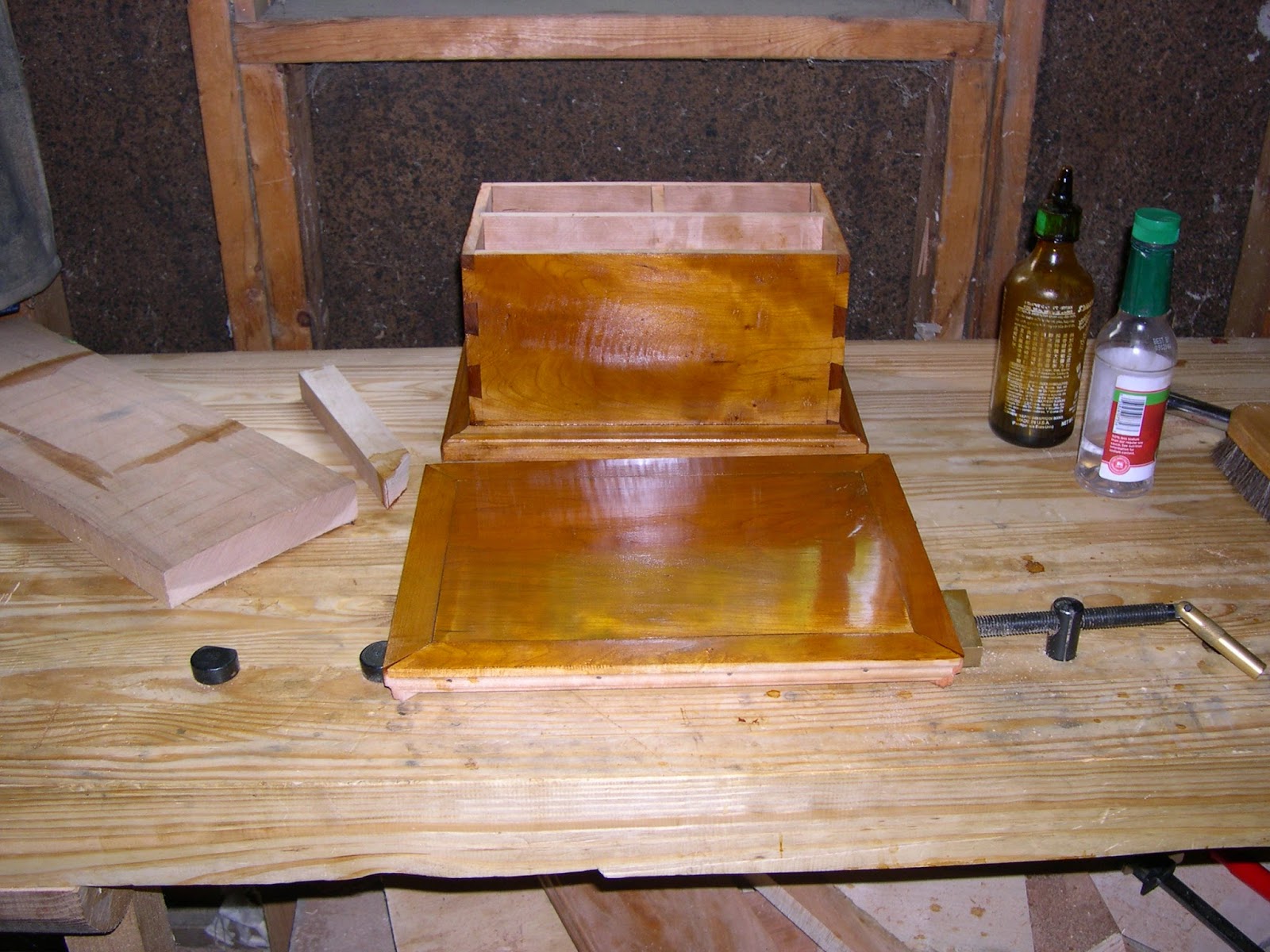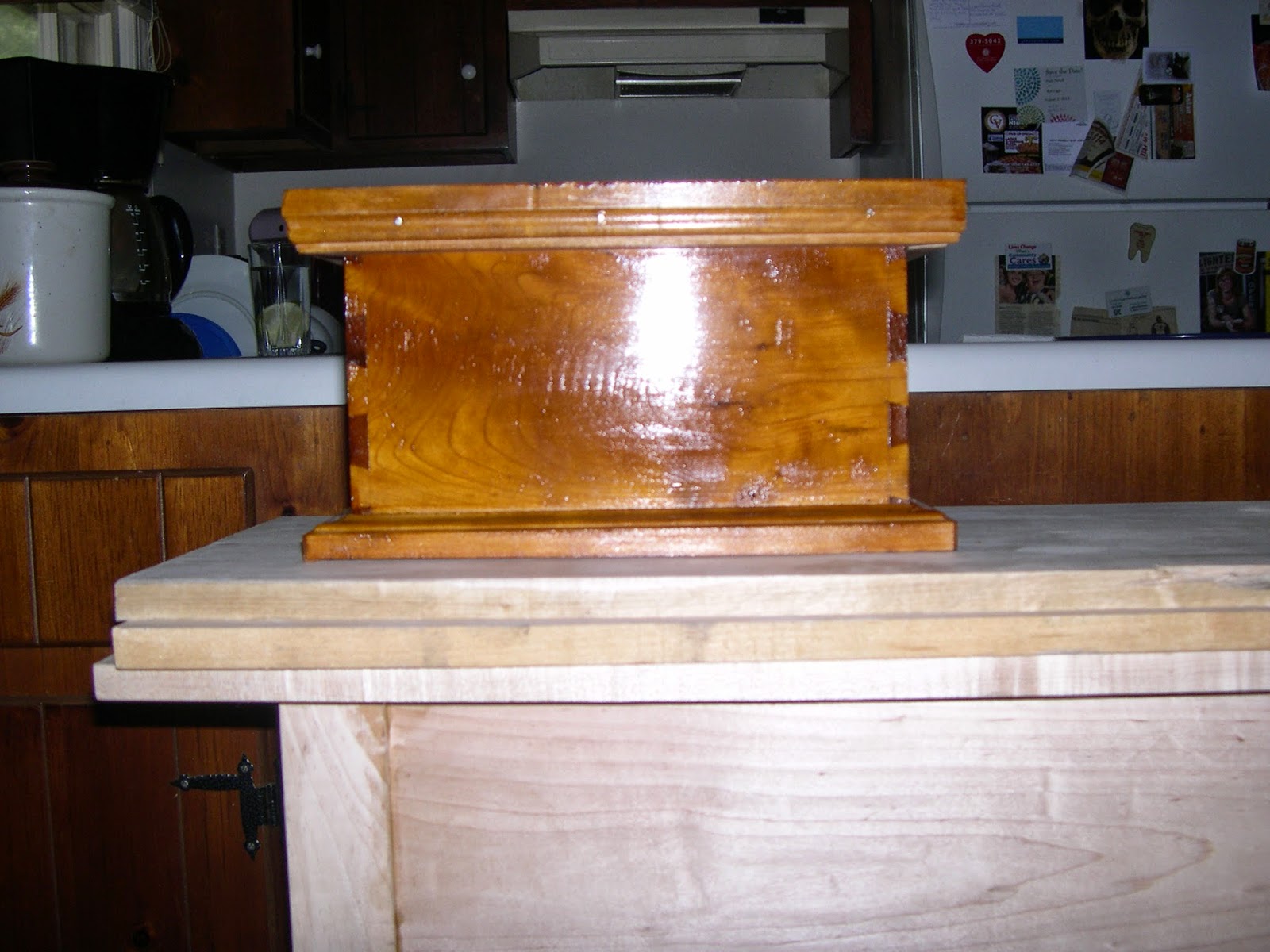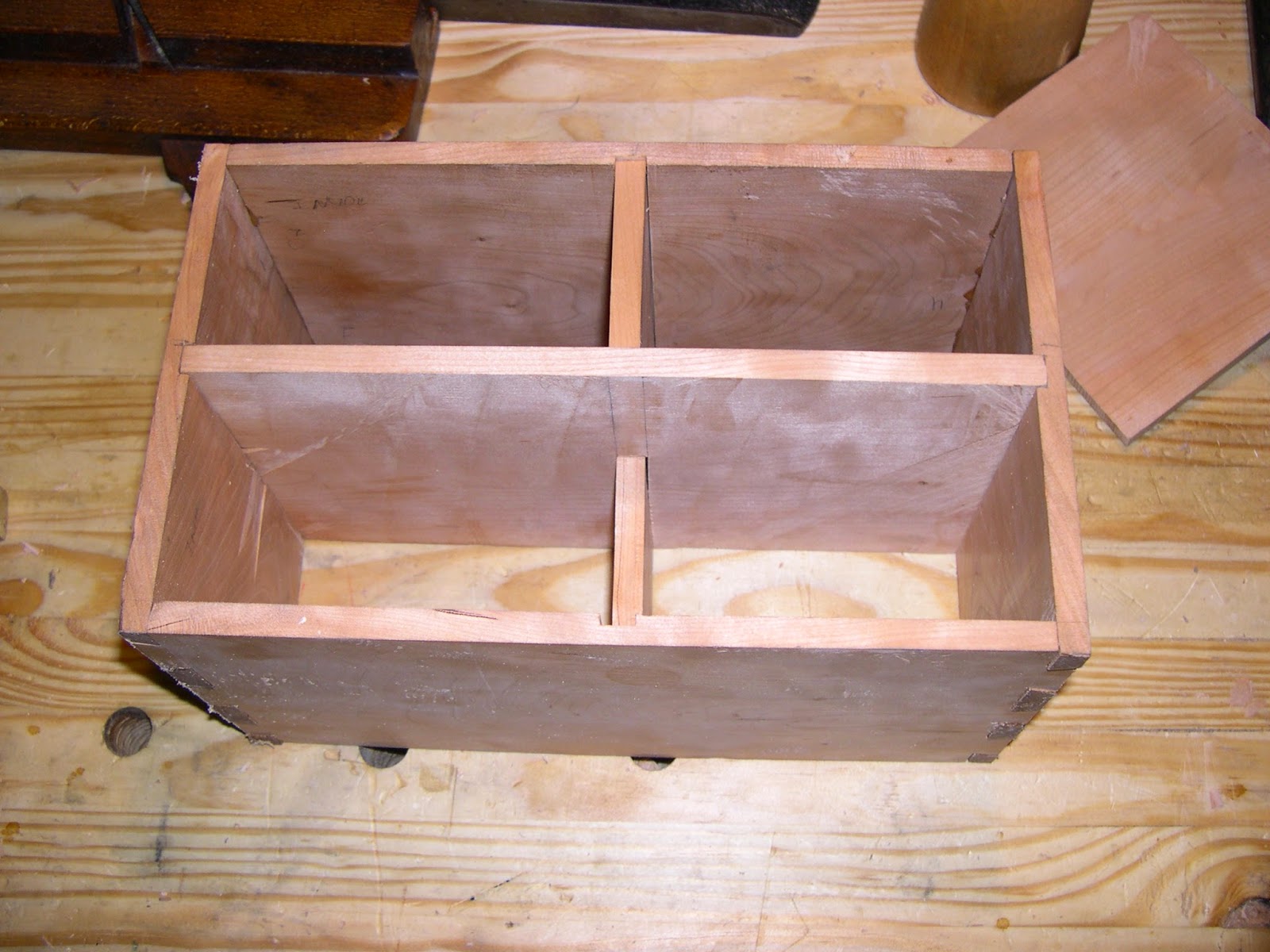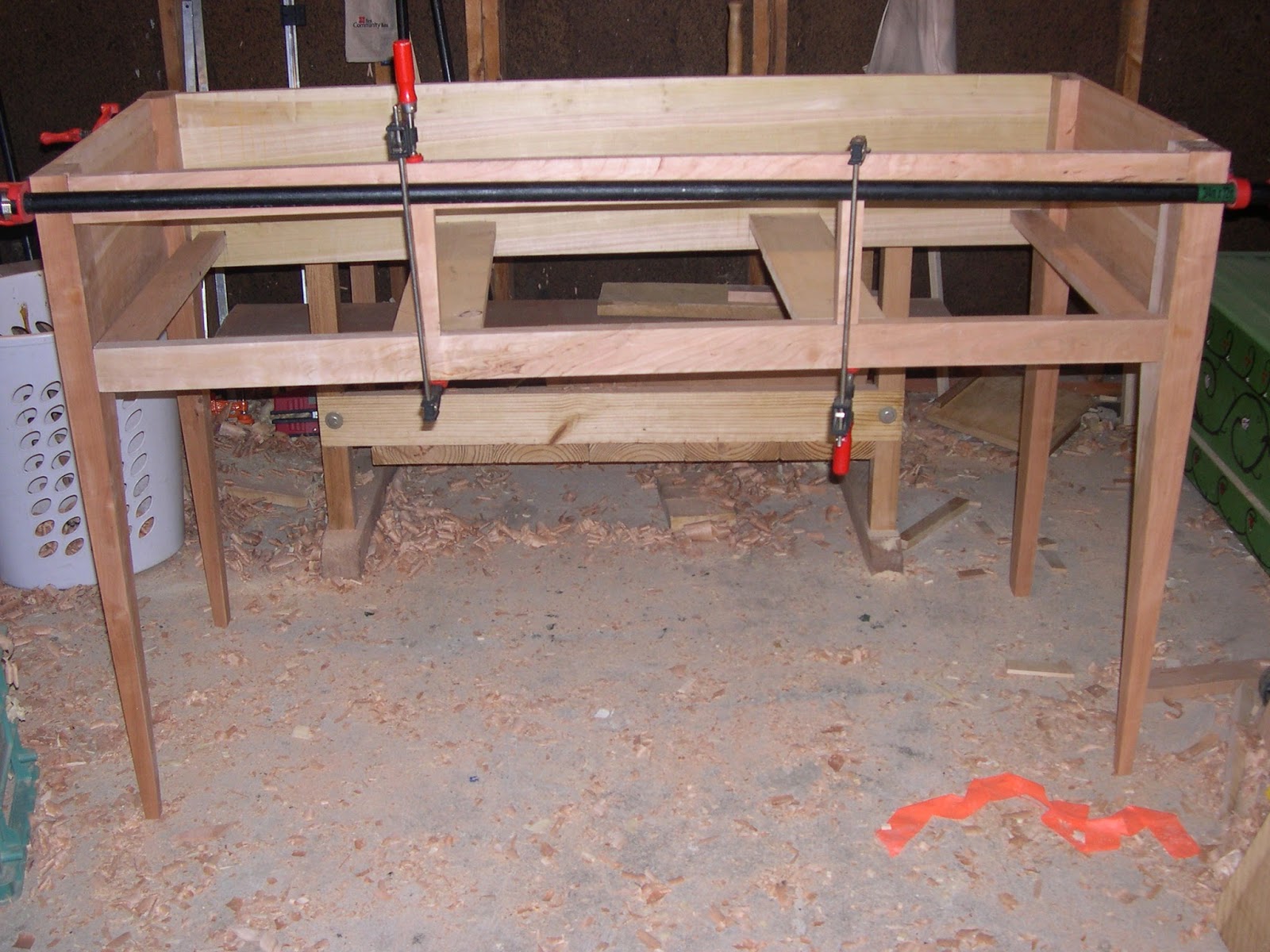I attended the Richmond Christmas parade with Lara and Megan at 10:15 this past crisp Saturday morn. On the way there we walked by the Richmond Coliseum and I
pointed out to Lara the tree that was in the building across the Coliseum’s
entrance. A car then came screaming down
the street headed the wrong way. As if the fact that none of the signs were
legible to the driver, there were also directional arrows for traffic flow
painted onto the street. Surely the
driver must’ve known what was up. I
shrugged it off, guessing that perhaps they had thought that 10:15 on a crisp
Saturday morn was a fine time to imbibe mimosas and get behind the wheel.
We were a block away from the parade street when we saw a
mother and child briskly walking away from the parade with the mother hollering
on her phone. “The answer is NO. I told
you NO! Why you gotta keep asking me when I feel that way?”
Perhaps it was the Christmas spirit moving through my
sarcastic and jaded bones, or the kid who was being dragged along, but I felt
like performing an act of kindness for the woman in some way.
“Looky here, Big T,” I pictured myself grabbing the phone
and saying into the receiver, “No means no, you dig?”
But if experience has taught me anything, it’s usually that
my version of helping people results in them getting royally pissed off at me.
Besides, who wants to be pummeled when you’re a block away from a Christmas
parade full of hope and goodwill? That would just make for an awkward story.
“Say, what happened to you, Trey?” “Oh, I went to the Christmas parade and got
beat up. Pass the salt?”
I hopped across the street with Lara and Megan and folded
out the camp chairs. The Christmas parade
was slated to start at the Science museum about 2 miles away, and we had
arrived somewhat late so that by the time we would set our chairs up, the
Christmas parade would be close and prevent us from wondering aloud if the
street we were on was the one that had the 12 homicides in a 10 day stretch
that allowed Richmond to become the US’s number one homicide capital, leaving
the mediocre runner up slot to be pawed all over by Detroit and Saint Louis.
Nothing much happened for the next 30 minutes, so we began
people watching, and it was heartwarming to see all the different people lined
up without caring a jot for who they stood next to. The lady with a purple
streaked pompadour and tattoos covering every inch of skin? Why, she was
standing next to a small child wearing a hat in the shape of a chimpanzee’s
head, and they both turned to each other and smiled.
Things got
interesting when we saw a family making their way through the street on
hoverboards. Instead of deftly snaking their way through the crowd with smug
looks on their faces (“Walking? Hah! How plebian! Out of the way, you!”), they
were moving in a herky-jerky fashion with their knees bent, and their eyes wide
eyed and glassy with fear. My concern about the safety of the boards was confirmed when the wife’s hoverboard decided
it had had enough of carrying her for the past mile, and bucked her off face
forward onto the street. But instead of being sensible and just picking herself
and her child up and start walking, she brushed herself off and continued on
with the lethal hoverboard.
A large man in a Washington Redskins jacket and a black trash
bag full of something, began eyeing the crowd and determined that this was a
good place to stand and started to shout: “Cotton candy, sweet as gold, let me
see that tootsie roll!” He then started pulling out pre-filled bags of cotton
candy from the trash bag and stapling them onto a stick that he had
brought. “Here Big Daddy!” he boomed to
Megan, “Here’s some cotton candy! Watch my stuff! I’ll be right back!”
Megan stared down at the cotton candy with a look on her
face that said, “What the hell just happened?”
“Don’t even think about eating that until he comes back!”
Lara said.
Suddenly the crowd started clapping and cheering, and the
Christmas parade began making its way down the street. After the first two floats, I noticed
something odd about it. “No candy being thrown out?” I asked Lara. “Probably
for safety. They don’t want kids to run out into the street and get run over.”
Call me old fashioned, but when I was growing up, a Christmas
parade always had candy for the kids, but the kids would always go home empty
handed. It was a very cyclical manner of
candy giving, I suppose, but we came to view it as yet another Christmas
celebration. Our grandfather would take
us to the parade, and the EMTs and hospital staff would always be the first to start,
followed by the Kiwanis Club. They would
begin tossing out hard candy that we would scoop up with gloved or mittened
hands. Next would come the police,
followed last in line by rows of fire trucks.
The fire trucks would wait until just the right moment before laying on
their air horns and all the children would drop their fistfuls of candy and
slap their palms to their ringing ears.
“I don’t understand why you children always drop your candy
every year. It’s not THAT loud!” my grandfather would state. “Can we go home?
I’m thirsty” I would cry. “Of course it
isn’t Thursday! It’s a Saturday!” he’d reply.
I shook my head in a wistful manner, reminiscing on my Christmas
past. What other kinds of fun were these
kids missing out on? And besides, who was going to teach them that axiom “The
lord giveth, and the lord taketh away with a mighty blasting of horns?”
Something seemed strange about this Richmond Christmas
parade. It wasn’t just the floats driving past that had little to do with
Christmas, like the Celtic cloggers decked in purple, or the marching bands
that played Jidenna’s “Classic Man” and Silento’s “Watch Me.” It was something
else. The floating, inflated Kermit seemed to share my feelings. Instead of
drifting down the street, standing pat and waving his hand in season's greetings, he was hunched over
with a hand on his stomach as if recovering from a serious bout of Montezuma’s
Revenge, and another hand on his face as if he were saying, “Oh god, I can’t
believe I was talked into this. No, I’ll be fine, just get me to the end of the
parade!”
Was this what I had come to see? A woman get bucked from a
hoverboard? A gender-blind man selling a seasonally inappropriate candy? A 15
foot high amphibian in gastric distress? What this parade needed was a Christmas
miracle to restore my faith in all the future Christmas parades. But alas, my
heart dropped when the end of the parade came and the only Santa I saw was on an HCA float, lying still and entirely comatose on a gurney next to a smiling and
alert Mrs. Claus. A long pause followed,
and I turned to Lara and said, “I think this is their way of saying Christmas
and the parade are officially dead. Let’s head home.”
As we folded up our chairs and started walking off, music
began playing and another float came on by! The parade wasn’t over! Christmas
wasn’t dead! Did it matter if the people on the float weren’t sure what was
going on? Or if they had no signs to inform the public that they weren’t just
grabbed off the street at the last minute as a filler for the parade? Of course not! What I had
just received was my Christmas parade miracle at exactly the right moment. Lara
and I held hands as we watched the parade continue to ramble on by, before deciding to leave early and beat the traffic.







































